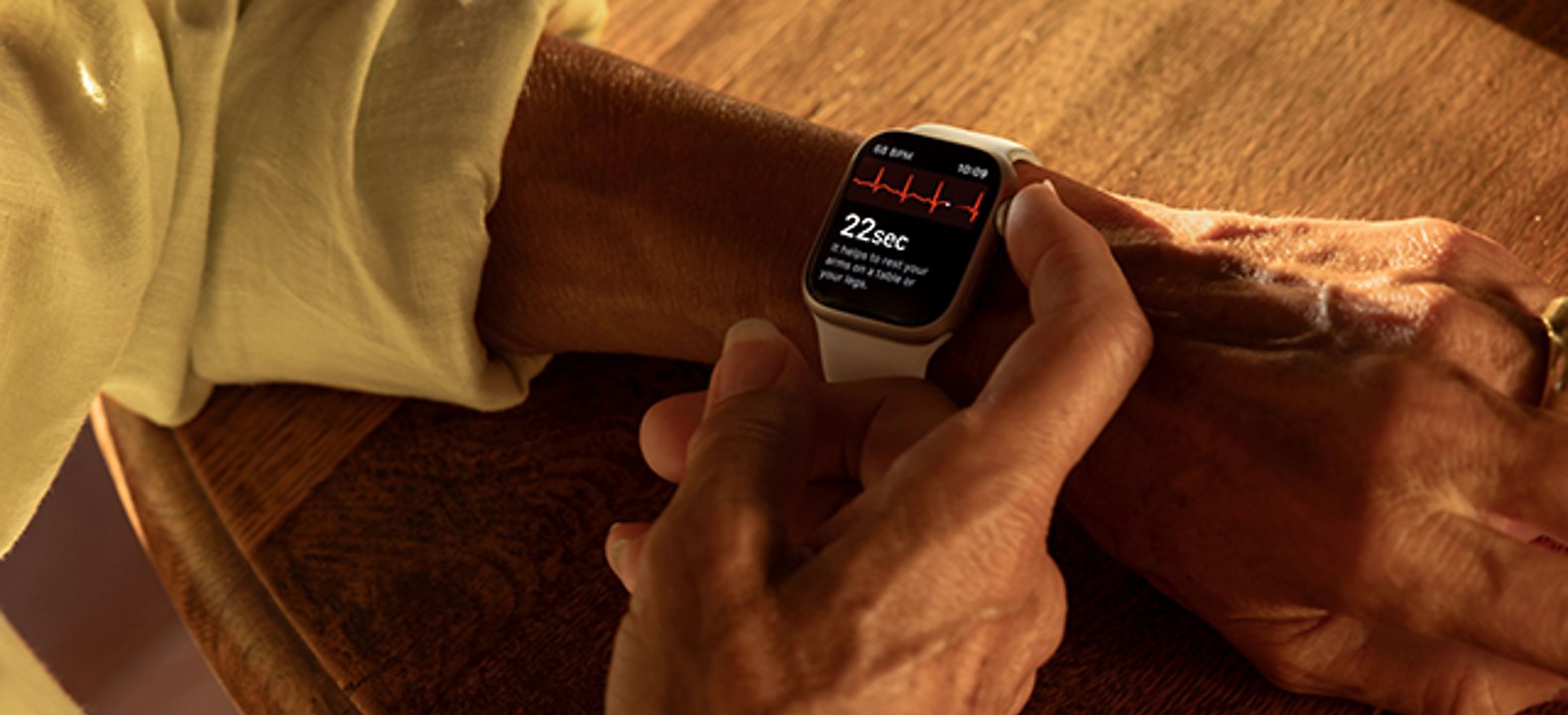Share this article:
Related content.
Care anywhere: A framework for a future model of healthcare.
How four emerging trends influenced the “care anywhere” movement.

Healthcare's next step: A look at the 'Digital Front Door'.
How a digital infrastructure with 5G networks will allow effective wireless transmission.

Fueling a new era of healthcare with 5G innovations.
5G Advanced Network Solutions enables healthcare providers to expand how they think about care in a digital age.

Dr. Christine Gall, Head of Healthcare Marketing
Although there are numerous differences between healthcare delivery in the U.S. and in Europe, there are also many commonalities. These include a rise in consumerism, staffing shortages, dwindling margins and new workforce demands for hybrid work environments.
In May 2022, the International Data Corporation (IDC) European Healthcare Digital Executive Summit brought together more than 50 senior European healthcare executives to discuss how European healthcare stakeholders could consolidate a data-driven transformation, bring recent digital advances to the mainstream, and develop new digital health strategies to accelerate and scale innovation and drive sustainability.1 These are challenges also important to the U.S. healthcare market.
Key takeaways.
- The rise of the “patient digital front door,” refers to how telehealth services, wearables, mobile health apps and similar platforms can improve patient access, outcomes, and experience. The speakers noted that the COVID-19 pandemic accelerated the use of these modalities. Although adoption services has slowed, it continues at a significantly higher level than pre-pandemic. In the U.S., for example, 67% of survey respondents accessed video telehealth services in 2022, compared to 37% in 2019, according to the J.D. Power 2022 U.S. Telehealth Satisfaction Study released in September.2
These point-of-care technologies will be a key factor for healthcare providers to improve the patient experience, address patient needs more comprehensively, and build better relationships with patients, while improving provider productivity and efficiency.
- The patient and workforce experiences are intertwined. The COVID-19 pandemic was difficult for healthcare providers globally, with greater levels of emotional and physical stress resulting in heightened levels of staff and physician turnover and burnout. When well executed, digital technologies can improve both the patient and workforce experience. The pandemic accelerated adoption of new remote work and virtual care models, although their deployments varied in the degree of sustainability. Healthcare requires a strategic approach to leveraging digital technologies to help manage staff, optimize workflows and employee experiences, whether through point-of-care technologies, workflow automation tools, or self-service automation systems that support timely access to key services and information.
- A broader extension of data-driven intelligent ecosystems has emerged. In the U.S., the COVID-19 pandemic highlighted just how fragmented the healthcare system is and how siloed healthcare data are. In comparison, findings from IDC demonstrated that 70% of European healthcare and life sciences organizations joined or plan to join “digitally enabled industry ecosystems” that will enable evidence-driven decision-making.
In the U.S., the Centers for Medicare & Medicaid Services (CMS) announced in February plans to redesign the Accountable Care Organization (ACO) model in 2022, with the first performance year of the redesigned ACO REACH Model beginning in 2023. This value-based model and others are enabling payers and providers to collaborate to improve responsible utilization of healthcare resources while simultaneously decreasing costs and improving outcomes. The goal is not only to enable integrated cross-network communication, but to assist healthcare systems to develop innovative care delivery strategies that provide greater access for patients. Underpinning these strategies is the need to bring customized care to more people, and to address patients’ demand for a greater voice and choice in their care. Simultaneously, this model could potentially extend the reach of providers, enabling them to reduce the healthcare disparities gap.
Find out about smart solutions that can help deliver better patient care.
And it’s clear that digital health strategies that enable the effective deployment of the digital front door are necessary to achieve these goals. There are, of course, numerous obstacles, including the need for data standardization and interoperability, and data quality. Further integration and alignment across healthcare ecosystems is necessary to streamline digital health care and engender trust between patients and their care teams. The 5G network will continue to be an integral component of this strategy to leverage value-based care to forward the digital transformation journey in healthcare.3
About the author:

Dr. Christine Gall has been a healthcare leader for over 30 years. As a nurse, she has practiced in inpatient, outpatient, and homecare settings, allowing unique insights into the continuum of care. Dr. Gall has designed and implemented multiple clinical programs aimed at addressing gaps in services and care for underserved patients. Prior to joining
Dr. Gall’s academic credentials include a Bachelor of Science Degree from the University of Wisconsin- Milwaukee, a Master of Science Degree in Healthcare Management from the Lubar School of Business Administration at the University of Wisconsin-Milwaukee, and a Doctorate Degree in Public Health Leadership from the University of Illinois Chicago. Her Dissertation, funded by the State of Ohio, was on the topic of Mass Casualty Pandemics. Dr. Gall is a Six Sigma Green Belt and has a Certification in Business Analytics from the Wharton School of Business at the University of Pennsylvania.
5G: Capable device required; coverage not available in some areas. Some uses may require certain plan or feature; see
Want even more trends, insights, and success stories?
Interested in